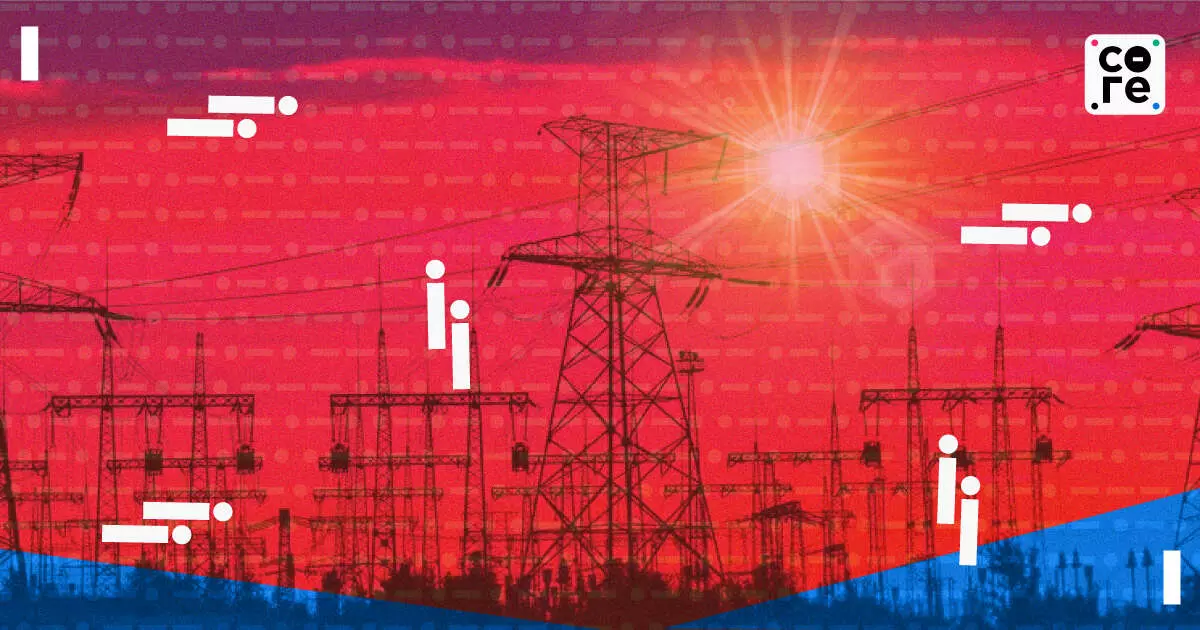
Is India Now Better Equipped to Handle Power Demand Surges During Heat Waves?
To prepare for peak summer demand, the power ministry has instructed all coal-fired thermal power plants to continue importing coal.

India is reeling under extreme heat wave conditions. On Wednesday, Delhi recorded the highest-ever temperature of 52.3 degrees Celsius. India's peak power demand hit a record 246.1 GW till 3.00 pm on Wednesday.
To prepare for peak summer demand, the power ministry has instructed all coal-fired thermal power plants (TPPs) to continue importing coal for blending at a rate of 6%. The government also advised generation companies (gencos) to secure their imported coal contracts to ensure adequate supplies until June 2024. Additionally, gencos have been asked to continuously monitor the stock levels of their domestic coal-based (DCB) plants and blend as needed to maintain sufficient coal stocks at the TPP level.
“I think coal-based power plants are also better prepared, coal production in the country has increased coal availability in the country has increased… Of course, we are not yet in June. We don't know what is going to happen in June. But as of now, at least indications are that we may not reach that higher demand in the first place,” Ashok Sreenivasan, group coordinator at the Pune-based Prayas Energy Group, told The Core.
Scorching Heat
For June, power demand is projected to reach 240 GW during the daytime and 235 GW during the evenings. India is the world's third-largest energy-consuming country and is also big on renewable energy. It added a record renewable energy capacity of 18.48 GW in 2023-24, which is over 21% higher than 15.27 GW a year ago, according to the latest data of the Ministry of New & Renewable Energy. Despite that, it remains largely dependent on coal to meet its energy demand.
While shortages in March and April were significantly lower than those experienced during the same period in 2023, the country is also experiencing severe heat wave conditions. Eastern and southern states like West Bengal and Tamil Nadu experienced heat waves through April and May, and northern states are experiencing the same presently. Indian Meteorological Department issued a red alert in states including Rajasthan, Punjab, Haryana, Uttar Pradesh, and Madhya Pradesh.
“I think air conditioner ownership and usage will definitely increase with increasing temperatures. But I don't think the electricity demand necessarily will scale linearly with the increase in air conditioner numbers. That is greatly a function of the energy efficiency regime that we have,” Sreenivasan said.
Unprecedented heat has driven a significant increase in demand for air conditioners. In West Bengal and Odisha, daily sales rose from approximately 1,200 units last year to over 1,800 units this year. In the southern states of Karnataka and Tamil Nadu, sales have surged from 500-600 units per day during the peak summer season to 1,500 units daily. Meanwhile, in Maharashtra, Gujarat, and Delhi-NCR, stores are now selling nearly 4,000 units per day, up from around 2,500 units last year.
Increased Electrification
Other trends contributing to rising electricity demand include the electrification of industries and economic growth. Over the next four to five years, these factors are expected to significantly increase electricity consumption. “You could see demand increasing quite a bit due to increased electrification of industries, because increasingly that's the trend you move in order to decarbonise you electrify first and that will also happen in transport though, transport may not contribute too much to the overall demand over the next decade or so,” he said.
Sreenivasan said that there has been a notable shift in peak load times from evening to daytime, aligning better with solar energy availability. This shift presents an opportunity to meet peak demand more efficiently through accelerated solar installations. Renewable energy is playing a vital role in meeting both peak and regular demand. However, given the lower capacity of renewables compared to coal, the rate of renewable energy installations needs to increase substantially to meet India's ambitious fossil fuel-free capacity targets by 2030.
While the tendering pipeline for renewables remains healthy, there is a need for faster project execution to reduce dependence on coal.
“The role of renewables is definitely increasing and increasing fairly fast. I mean, last, I think now it's four or five years in a row that renewable capacity addition has outstripped coal capacity additions significantly. We still need to do more,” he said.
To prepare for peak summer demand, the power ministry has instructed all coal-fired thermal power plants to continue importing coal.
Kamalika Ghosh is a News Editor with a decade of experience in journalism, focusing on economic policy and the political economy. In her leisure, she indulges in gardening, reading fiction, and binge-watching.

